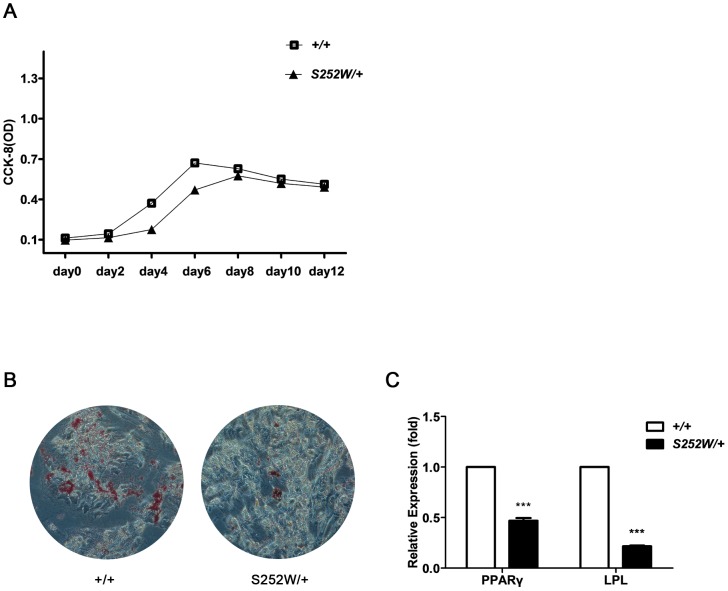Figure 4. S252W mutation affected both proliferation and adipogenic differentiation of BMSCs.
(A) CCK-8 assay showed that Fgfr2 S252W/+ BMSCs proliferated more slowly than wild-type BMSCs. As indicated by the absorbance values, 2 days after inoculation, there was little increase in cell number of wild-type BMSCs; on day 4, there were significantly more cells; on day 6, the number of cells peaked and cell proliferation entered a stationary phase. The number of Fgfr2 S252W/+ BMSCs did not change significantly during the first 4 days after inoculation. The first significant increase was observed on day 6 and the number of cells peaked on day 8. All growth phases of Fgfr2 S252W/+ BMSCs lagged behind those of wild-type BMSCs. (B) After 21 days of adipogenic induction, lipid droplets were stained positive by oil red O in both Fgfr2 S252W/+ BMSCs cultures and with wild-type BMSCs cultures, but Fgfr2 S252W/+ BMSCs produced significantly fewer lipid droplets than wild-type BMSCs. (C) qRT-PCR detection of adipogenesis-related genes PPARγ and LPL. The results showed that adipogenic induction induced significantly less expression of PPARγ and LPL in Fgfr2 S252W/+ BMSCs than in wild-type BMSCs. Graphs show the mean value ±SD (Student's t-test, *** P<0.001).

